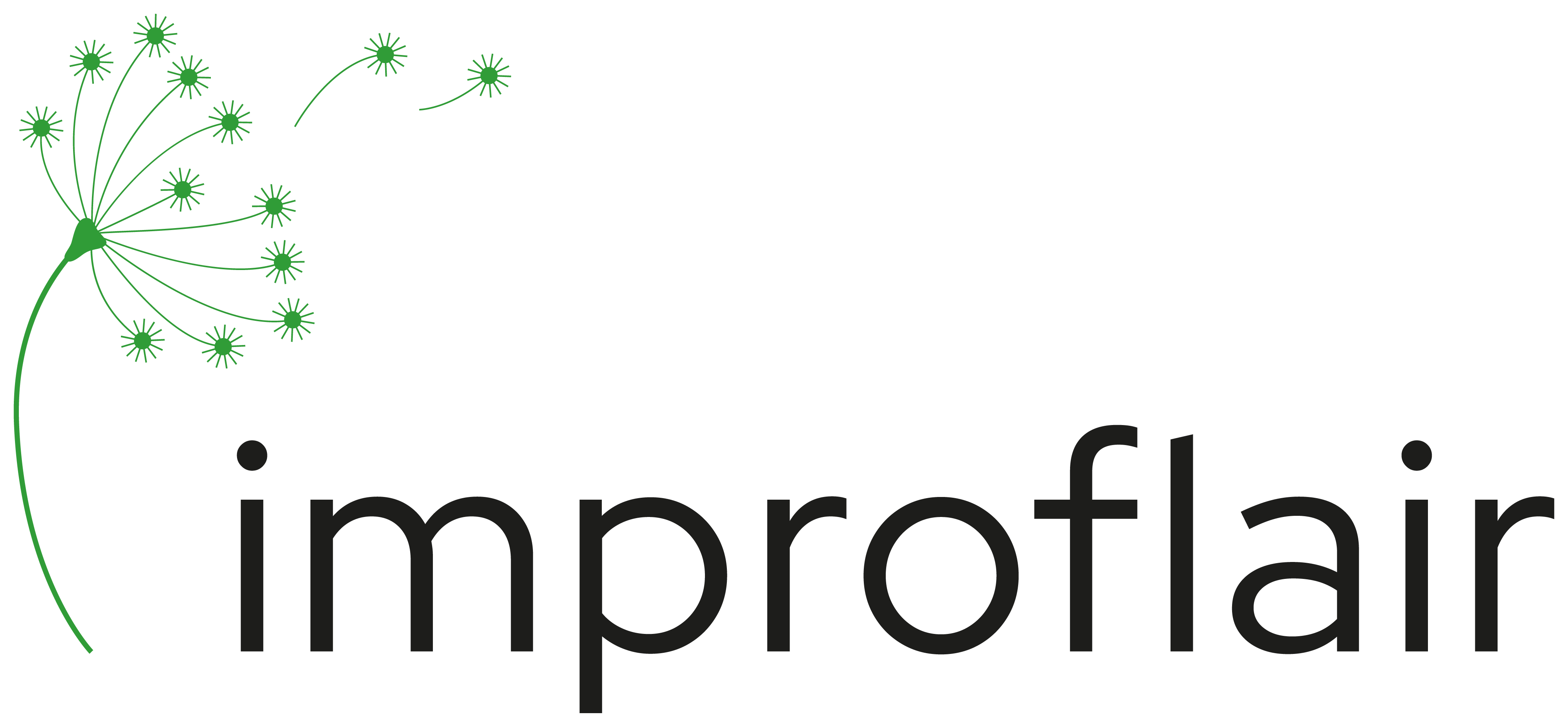Glimpses and pieces of the #GII2019
I had the pleasure and the honor to have been (and in many ways still are and will be) part of the community of the “Global Improvisation Initiative Conference 2019” (#GII2019) in Mai 2019. I shared and co created four inspiring, sparkling, nourishing, motivating days together with over 150 people from all over the world, […]
Impulses to really see / here / perceive each other
A paradigm for any form of improvisation is, to notice what others around you are doing and also to use impulses offered by these people. That sounds quite normal, naturally, self-evident. One point is, that we often forget to do it, another one is that again and again it is important, to practice to do […]
Too many things at the same time? Yes, and – needs “space”…
I have been invited as a speaker to “Impro talks symposium” (Zurich, Oktober, 2016) organized by Gunter Lösel (Institute for the performing arts and film at Zurich University of the arts). One workshop was done by the marvelous Dr. Duncan Marwick. He is an expert and practitioner on playback theater, he worked with the participants […]
Playful Debriefing
In The Open Space at the Conference of the Applied Improvisation in Oxford (August 2016), there also was a session on debriefing. On my journey of doing a thesis on Applied Improvisation in higher education (offline and online) i very quickly decided, that debriefing will be one of the center stones. Of course you benefit […]

